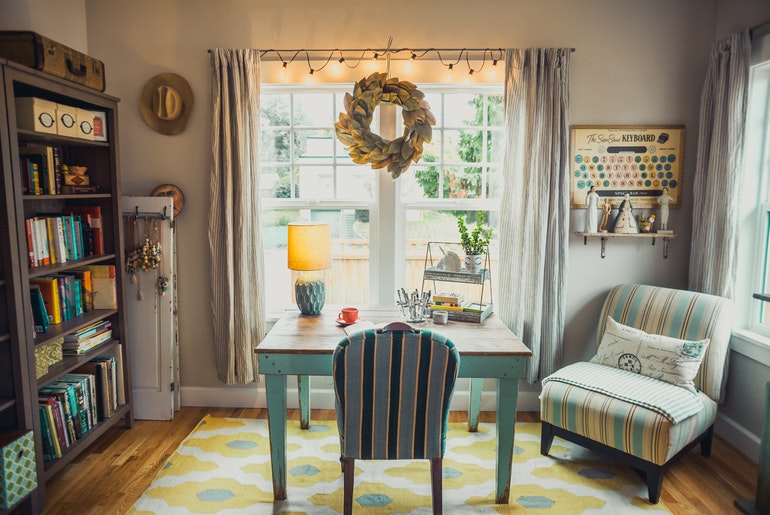Interior Design: Creating Optimal Work Spaces For Productivity
We often think of interior design as a way to express personality, follow trends, or create a comfortable and inviting space in our homes. But interior design also plays a role in creating an environment that supports productivity in the workplace and home offices.

We often think of interior design as a way to express personality, follow trends, or create a comfortable and inviting space in our homes. But interior design also plays a role in creating an environment that supports productivity in the workplace and home offices. Color, ergonomics, and even air quality all factor into the quality of the environment, and even a few small changes can improve the productivity that you or your employees can benefit from, which will help your company grow. Take some time to look at the ways that work environments can be improved by smart interior design.
Color
Color affects mood, and you want to choose colors that make you and your employees feel better. For instance, yellow has an association with the sun, which makes people feel optimistic. And if you want calming colors, blue and green have associations with nature and create a peaceful environment. You can also choose one of these paint colors for your home or work office.
Ergonomics
Many people who work in an office complain of backaches, wrist strain, and other fatigue-related injuries that can be avoided or minimized with the right office equipment. Furniture, such as chairs and desks, are part of the interior design, and if you want to minimize the amount of time that you and employees need to take off from work because of injuries from poor office furniture, invest in office chairs that reduce back strain.
Air Quality
Believe it or not, the quality of the air that people breathe in the office can have significant ramifications on overall productivity. For instance, if the air is too dry, many people are more prone to nose bleeds or general discomfort. Adding a few humidifiers into the office can help people breathe more easily and spend less time distracted by discomfort. The same is true if you have people in your office who have allergies. Pollen, dust, and other allergens will not be properly filtered out if the furnace’s filters are old and dirty. But there are easy ways to remember to change them. There’s a smart home device that monitors the life of the air filter and will alert you when it’s time to change it.
Variety of Workspaces
During the construction or remodeling stage, you want to consider what types of spaces you need. For instance, you might want a conference room for holding group meetings, and you might also want a break room where people can eat their lunches and look at the landscaping through a window. Many people want to get away from their desks for a few minutes, and if you don’t have a conference room, small meetings can disrupt the people who don’t need to attend the meeting but do need a quiet place to work. The way that the workplace is laid out can also affect how much some staff members see each other. For instance, if you have an office that has a large common area that everyone needs to go through to reach certain rooms, such as bathrooms or the exit, this can foster social time where people can become more comfortable with each other, thereby leading to more productive work environments.
There are many factors that go into creating an interior design that supports the productivity of employees and the growth of the company. You can also check out books on interior design and talk to interior design experts to find which upgrades will have the biggest impact on the quality of the work environment. Also, make a list of some of the most important problems that you want solved to create an office space that’s more conducive to productivity.

